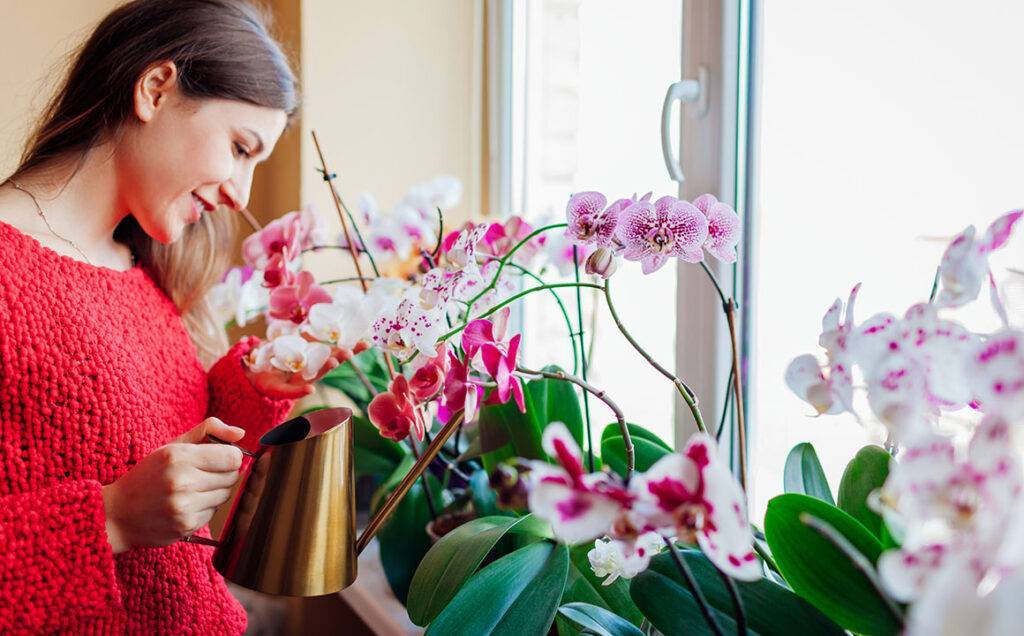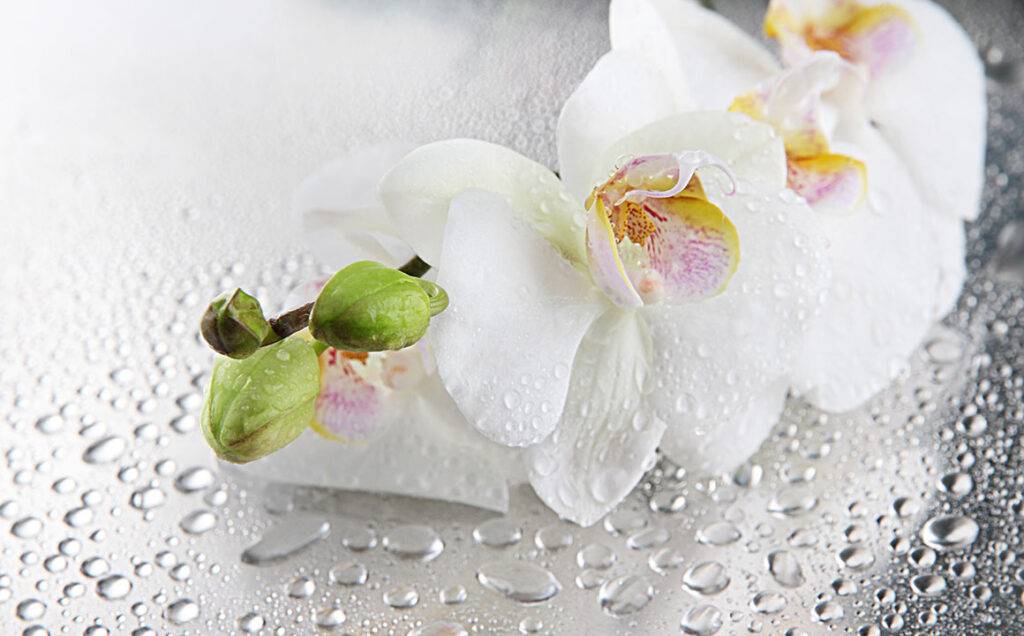Orchids are some of the most gorgeous flowers out there. They captivate us with their delicate and exotic beauty. So it’s no wonder that they are so popular. However, there is one downside that anyone who ever owned an orchid probably is aware of — they tend to die easily. That’s why you should inform yourself about their maintenance before deciding to buy one. If you’re a newer plant parent, and you’re looking for some simple and straightforward words of advice, you’re at the right place. Here’s how to grow and care for these delicate flowers.
How to pick the right one
When selecting an orchid for your garden or home, consider factors such as the climate, lighting conditions, and available space. Phalaenopsis (moth orchids) are a great choice for beginners due to their resilience and ease of care. Cattleya orchids, known for their vibrant colors, and Dendrobium orchids, with their impressive blooms, are also popular options.
Creating the right environment
Orchids thrive in environments that mimic their natural habitat. Most orchids prefer bright, indirect light, so placing them near an east-facing window is ideal. Avoid exposing them to direct sunlight, as it can scorch their leaves. If natural light is limited, you can use artificial grow lights designed specifically for orchids. Additionally, maintain a temperature range of 65-80°F during the day and a slightly cooler temperature at night. They also require good air circulation, so ensure proper ventilation in the growing area.
Instead of using traditional soil, orchids are typically grown in special potting media that provide excellent drainage. A vegan-friendly option is to use a mixture of coconut coir, perlite, and pine bark. This combination allows for proper aeration, moisture retention, and root development. Remember to select pots with drainage holes to prevent waterlogged roots, which can lead to rot.
Nutrients
They have unique watering needs. Rather than following a strict schedule, it’s best to water them when the potting medium feels slightly dry. Use room temperature water and allow it to flow through the potting mix, ensuring thorough hydration without leaving the orchid sitting in standing water. To maintain a vegan approach, consider using organic orchid fertilizers made from plant-based sources such as seaweed or compost teas. Follow the manufacturer’s instructions for application rates. In addition to regular watering, orchids benefit from occasional misting to provide additional humidity.

Humidity
They are accustomed to higher humidity levels. To create a suitable environment, you can use a humidifier, place a tray filled with water near the orchids, or mist them regularly. However, be cautious not to mist them excessively, as it can promote fungal diseases. Maintaining a humidity level of around 50-70% will keep your orchids happy and healthy. Another technique to increase humidity is placing the orchids on trays filled with pebbles and water, ensuring that the pots do not directly touch the water.
Pest control
Keeping your orchids pest and disease-free is essential for their well-being. Regularly inspect your plants for signs of pests, such as aphids, mealybugs, or scale insects. If you detect any infestation, treat them with organic insecticidal soap or neem oil, which are vegan-friendly options. Remember to follow the instructions on the product label for safe and effective use. Maintaining good air circulation and avoiding over-watering can help prevent fungal diseases, such as root rot or leaf spots. If you notice any signs of disease, promptly remove affected plant parts and adjust your care routine accordingly.

